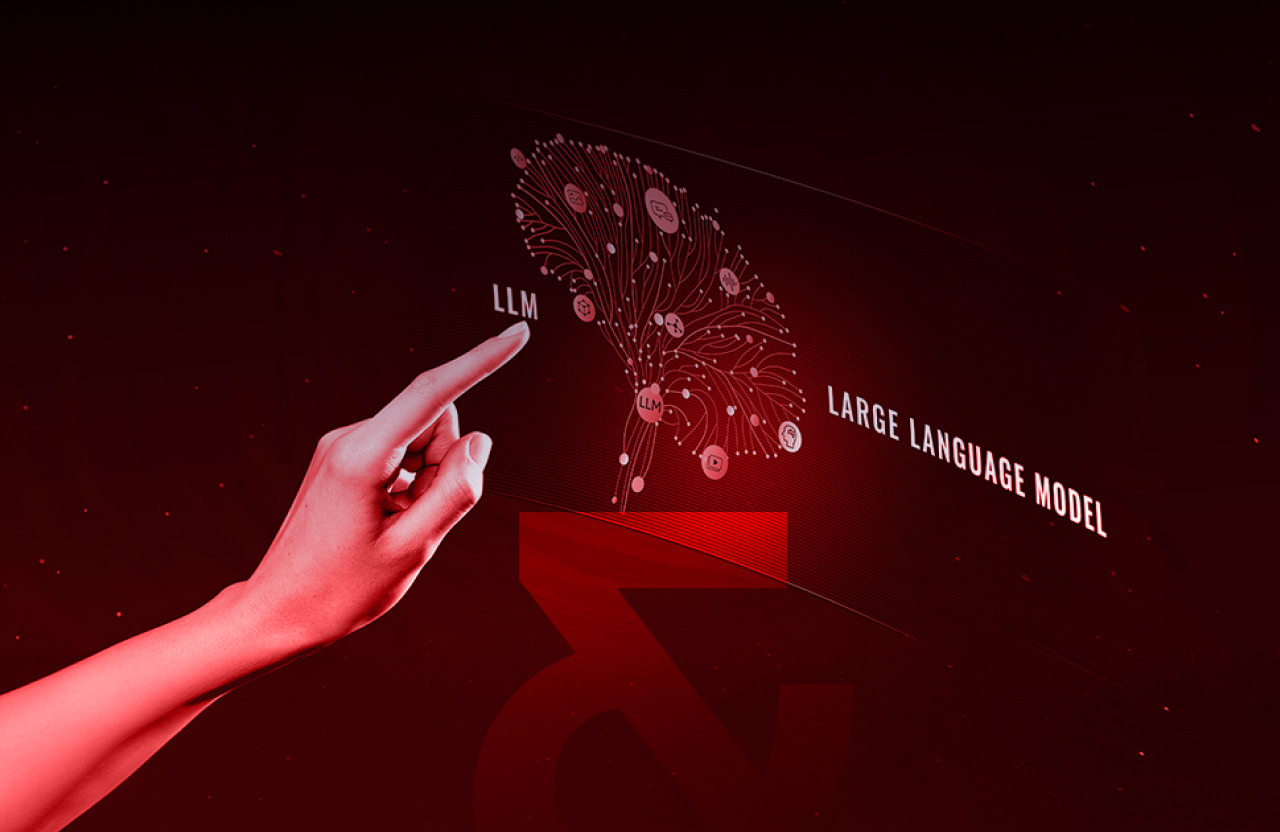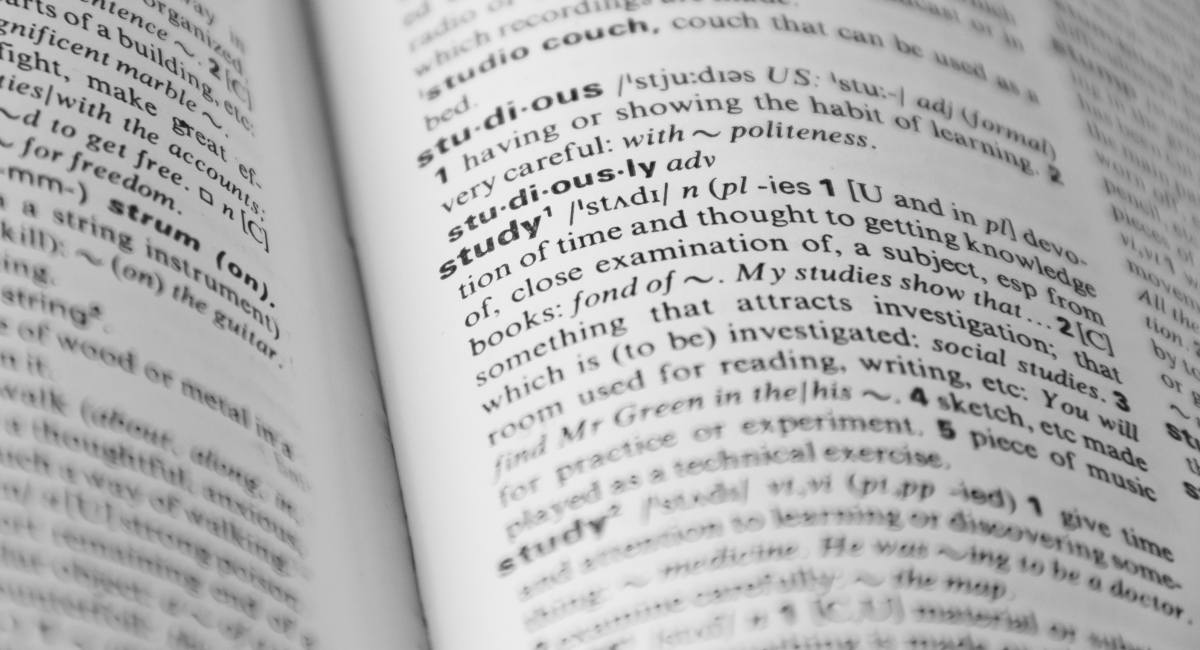The need for intercommunication between different nations has always been a hot topic since the dawn of time. In spreading the cultural knowledge and taking any correspondence to a different level, translation and translators both play an integral part in this process. In addition to these, translation also enabled science, literature, technology, and many other areas to reach more people. It massively helped various businesses and individuals introduce products to people within a wide array of categories.
However, there are some challenges that localization teams or translators face when it comes to translating languages like Arabic. Here are some of the most frequent challenges and ways to overcome them..
There are requirements for crafting high-quality Arabic translations
The most significant responsibility in translation still lies on translators’ shoulders, and Arabic translation requires years of experience and mastery of the language and its different dialects due to the complex structure of the language. Translators should have excellent knowledge regarding the field they are specialized in. They should have outstanding target language skills since they are simply transferring values and a certain expertise to the target audience.
Since each language evolves within its own cultural environment, the translation outcome will inevitably be different from the source text, which is normal. That is why it is pretty significant for translators to decide on their priorities and have the necessary experience they need to transfer source text to the target text as close as possible. However, it is not that easy when there are dozens of challenges that translators face while performing Arabic translations.
Arabic has several dialects
As a Semitic language, Arabic has over 420 million native speakers worldwide, and it is a pretty commonly spoken language. Translation of a globally spoken language comes with its own challenges due to the extensive range of dialects, just like in different forms of English spoken in Australia, America, Canada, etc. Having the most commonly used standard dialect as Modern Standard Arabic (MSA), the language has over twenty-five different Arabic dialects. However, other forms of Arabic dialects can be subdivided into three categories: Quranic or Classical Arabic, Modern Standard Arabic, and Colloquial or Daily Arabic.
Qur’anic Arabic is considered among the endangered languages besides Hebrew. It was primarily employed in teaching and practicing the religious texts in Early Islamic Literature. As briefly mentioned above, Modern Standard Arabic is the most widely used Arabic dialect, and it is generally employed in schools, literature, media, and technology-related areas in addition to administrative communication channels. Therefore it is essential to note that MSA is the only dialect that has been universally shared and used by Arabic speakers. Colloquial or Daily Arabic is the native tongue of every Arabic person, unlike MSA, which is taught at school. As the name suggests, this dialect is commonly used in daily life, and it is used in reading and writing.
These dialects don’t come with a standardized form. Therefore, it is possible to see many words borrowed from other languages of the neighboring countries, including; Turkish, Italian, Spanish, and French.
You can check how many interesting ways of saying “what is your name?” in the Arabic dialects comparison section below:
| MSA | Egyptian | Levantine | Yemeni |
| مَا اِسْمُك؟ | اِسْمَك إِيْه؟ | شُوْ اِسْمَك؟ | مِسْمَك؟ |
| maa ismuk? | ismak eeh? | shuu ismak? | msmak? |
| What is your name? | What is your name? | What is your name? | What is your name? |
As you can see from the examples, the question words are used at the end of the sentence in MSA, Levantine, and Yemeni dialects. However, in Egyptian, it is used at the beginning of the sentence. It is also noticeable that both question words and the structure of the question sentences differ depending on the dialects.
Arabic has a complex nature
Being the fifth most spoken language globally, the richness and complexity of the Arabic language never fail to leave inexperienced translators confused. English and French are the most prominent languages when certain terms and terminologies in specific areas such as technology and science come to mind. Therefore, it is challenging to find or come up with an equivalent terminology while performing Arabic translations.
Another complexity faced by novice translators would be capitalization, which is used for special names and at the beginning of the sentences in English and many other languages. Yet, in Arabic there are no capital letters. This can be pretty confusing for translators to understand the context and meaning thoroughly. Another example is translating Arabic names into English. Since the Arabic alphabet includes sounds nonexistent in the English language, translators often combine a few letters to give the same sound as in the source text. However hard they try, translated names still don’t produce the same feeling and sound as Arabic versions. At this point, some translators could Englishise the names, which takes away all the charm and cultural elements of Arabic.
A study carried out on ”Challenges of Arabic Translation: The Need for Re-Systematic Curriculum and Methodology Reforms in Yemen” sheds light upon the significant challenges, groups these challenges under four main categories as; lexical knowledge insufficiency; inadequate knowledge and practice of grammar; little cultural backgrounds; and inappropriate teaching atmosphere and methodology. When we look at the table they created after the study on the matter, the volume of lexical knowledge insufficiency and its effects can be seen even better during the translation process.
Participants’ responses related to lexical knowledge and its impacts on translation shows the challenges of vocabulary, terminology, expression, and appropriateness of English words.
Diglossia and writing format in Arabic also creates confusion
Arabic is also a diglossic language meaning the written and spoken language is highly varied. Arabic has over 12 million words with nonexistent letters and sounds in other languages with its cursive alphabet nature. In addition to its numerous dialects, Arabic may look like an intimidating language for many due to its challenging pronunciation, unique alphabet style, and intricate grammar structures. Due to rich idioms of Arabic dialects comparison, translators often ask which Arabic dialects they should translate their texts into since Arabic is a term standing for numerous other dialects. Since Arabic has diglossia, translators and translation companies mostly require translation into Modern Standard Arabic since it is the only highly acceptable dialect among others.
Besides, Arabic is an RTL language meaning it is read and written from right to left, unlike in English, an LTR (left to right) language. The RTL format itself dates back to Noah’s time. The alphabets used in this period of time create the foundations of the alphabets we are using today, and cuneiform scripts played a crucial role in communication in 3000 B.C. These scripts were often vertically written, and since they were written on tablets or stones, it was a lot easier for a right-handed person to write from right to left while holding the hammer or chisel on their left hand. This shaped the RTL format used commonly by Arabs, Jews, and Phoenicians, and it still holds on for today’s Arabic language and its dialects.
This reading and writing format brings out its own additional challenges for many translators, especially when it comes to flipping the design and formatting of content from an LTR language to Arabic.
Arabic is a highly figurative and poetic language
Arabic is a poetic and figurative language where many employ figures of speech, proverbs, and other literary devices such as metaphors and similes. Therefore, adopting a word-for-word or a literal translation approach while performing Arabic translation would fail to convey the feeling of the source text; in this case, it would be an Arabic text. Translating a dynamic language such as Arabic in a literal sense would create an abundance of synonyms, emphasizing words with a few adjectives. Since Arabic speakers frequently use long sentences, translation of such long sentences challenges a novice translator who is already confused by all the literary devices and figurative language elements going on within the text.
As a Semitic language, including many lexical, alphabetical, and grammatical challenges, translators should be aware of different meanings and collocation devices employed in the language. Similar terms such as saheb el dar صاحب الدار (house owner), saheb el galala صاحب الجلالة (his majesty), and saheb el ma’aly صاحب المعالي (the minister) all have different meanings even though they might have slight differences in writing.
Naturally, translators would find these terms challenging, especially if they are not culturally aware and specialize in Arabic translation. Arabic translation in literature, as in poems, novels, and other literary works, is globally famous for its writers and poets who have mastered the art of their language. Without a doubt, the passionate and poetic nature of Arabic is the quintessence of the Arabic language. Therefore, using metaphors, similes, allegories, polysemic phrases, and cultural elements is in its nature.
Literal translation is not an option
Due to the highly poetic and figurative nature of Arabic, transferred knowledge would get lost in literal translation. This unique nature of Arabic brings about plenty of untranslatable words and a different level of challenges for translators. For example, the word ʿišq is a word used for a “feeling stronger than love and passion,” It is not a word used in daily life. It is mostly like to be heard in movies and books. Also, a Lebanese expression تقبرني (teʾburnī) may sound dark at first stance however it has an impressive meaning for someone fluent in the language. The literal translation would be “you bury me,” not in the sense that someone digs up a grave for someone to bury them but instead used when they want to see someone live longer than them. They love the person so deeply that they cannot stand their loved one’s death before themselves. This shows the power of the Arabic language and why these words and phrases are really untranslatable or don’t make sense once translated literally.
Of course, like in any other language, love words are not the only passionate ones that Arabic people frequently use. The word خايِن (ḫāyen) is a common expression in many Arabic dialects. “Snake,” “scoundrel,” and “traitor” are among the definitions of this powerful word that is used to call out on someone who is dirty and lacking a proper character, simply a backstabber. However, Arabic is not the only language with untranslatable words and expressions. For example, the English word ‘access’ doesn’t exist in Arabic, and the closest word translators can use is the word وصول (wusul), meaning arrival in English. On the other hand, a literal translation of a word such as saratan el Bahr سرطان البحر would be “sea cancer” which makes absolutely no sense in English. The correct translation would be “lobster,” Again, outstanding knowledge in Arabic and familiarization with the source and target culture play a significant part in crafting a better translation sounding natural to the target audience.
The solution to overcome these challenges: Transcreation
Transcreation can simply be defined as combining the translation with the act of creation and appropriating a text to make it culturally familiar to the target audience. To find out more about the main differences between transcreation and translation and when to choose each one for your content, check out this article. As mentioned before, Arabic is a poetic and figurative language where not every phrase always has a proper equivalent once translated into the target language. This is precisely where transcreation steps in.
At Tarjama, we prevent details from getting lost in the translation thanks to our experts in transcreation. With our select network of top Arabic linguists, we offer ultimate Arabic transcreation expertise with our huge Arabic translation memory, which is vital to get your message across accurately and reliably.
Transcreation is often used when translating:
– Idioms
– Taglines
– General Branding Materials
– Humor
– Country-Specific Phrases Wordplay
With transcreation, none of these challenging phrases and expressions go unnoticed in your translations, and it provides an effective solution in the global sense.
Transcreation offers innovative solutions both for translators and content creators
Technology’s global hegemony also keeps revolutionizing the market of content creation as it does translation. This brings in other challenges that translators need to consider before translating or writing a piece for digital platforms such as websites. Without transcreation, translation or content produced in Arabic for a website would create specific layout issues since Arabic sentences tend to be long and challenge the translators.
Employing a transcreation method and making a satisfactory outcome wouldn’t only eliminate any technical challenges one might have but also would enable your target audience to familiarize with your content and your message even better. Whether it is a literary piece or content requiring a lot of cultural background knowledge and hands-on expertise in Arabic, Tarjama has got you covered. Get in touch with us and experience the power of transcreation today!















